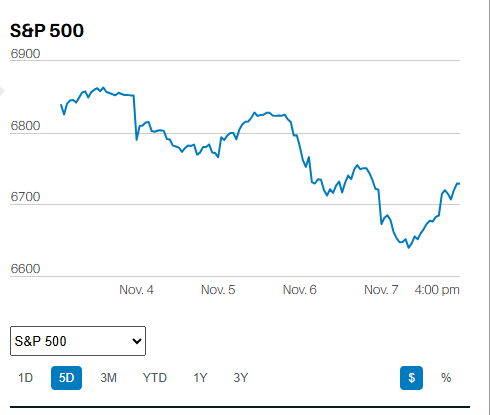
THE "INDEX EFFECT" IN ACTION
MANY MANAGERS WILL BUY TESLA REGARDLESS OF THE RISK
Last week we wrote about how a handful of names accounted for the bulk of the S&P 500 gains since March 23rd. The index is market cap-weighted. The biggest stocks have the most influence. Almost all money managers are benchmarked to an index to measure performance. We have written about stealth indexing before. Money managers build “actively” managed portfolios that do not stray far from their benchmark index. The practice increases the influence of the biggest stocks in an index.
We may see the indexing effect in action later this year. Word is that Tesla may be added to the S&P 500. TSLA is up 259% this year. The stock is trading at 273 times forward earnings. It has a $278 billion market cap. Tesla has more than twice the market cap of GM and Ford combined. The company had revenue of $24.6 billion in 2019. It lost $862 million in 2019 after losing $1 billion in 2018. GM had revenues of $137.2 billion in 2019 and earnings of $6.7 billion.
Money managers who benchmark against the S&P 500 will have to buy the stock regardless of the price. Not owning the stock could lead to underperformance for the money manager. It is considered too risky… for the money manager. Of course, owning TSLA at 273 times earnings is risky for investors. Tesla would not be the first innovator to falter and fade into oblivion. Often, bigger and better capitalized competitors zero in on the opportunity. First movers are innovators. Whether they can successfully mass-produce and market their product is another question entirely. History is littered with the carcasses of first movers.
Regards,
Christopher R Norwood, CFA
Chief Market Strategist











